Painkiller tells an interesting and worthy story, but we already saw it less than two years ago
That movies and TV shows have often reworked, rephrased and dusted off stories already used in the past is a truth that we don’t even need to dwell on, especially in recent years when this topic is also widely discussed.
And this applies to both fictional stories (how many Robin Hood films? How many Batman or King Kong genesis?) and real stories (the first Titanic films date back to the silent film era).
If we then look at the theater, let’s say, repeating the same stories several times, in different contexts, is certainly not taboo.
Then, of course, there are ways and means to do things, and the time factor plays an important role: if you repeat the same story twenty, thirty or forty years after it was last staged, no one will be upset. The case of a more noticeable temporal closeness is different, perhaps on two particularly well-known platforms that have been competing for supremacy in the serial world for several years now.
This happened recently with two episodes that we only talked about on the podcast, Candies from Hulu and Love and death HBO Max, based on the same murder story and debuting a year apart.
In today’s case, the difference is (almost) two years, but the closeness is even more striking for the Italian public, who can actually see both miniseries: let’s talk about Painkiller Netflix, which debuted on August 10 last year, is created by Micah Fitzerman-Blue and Noah Harpster and is based on an article by Patrick Redden Keefe that tells the same story as in drowsinessreleased in Fall 2021 and currently available on Disney+.
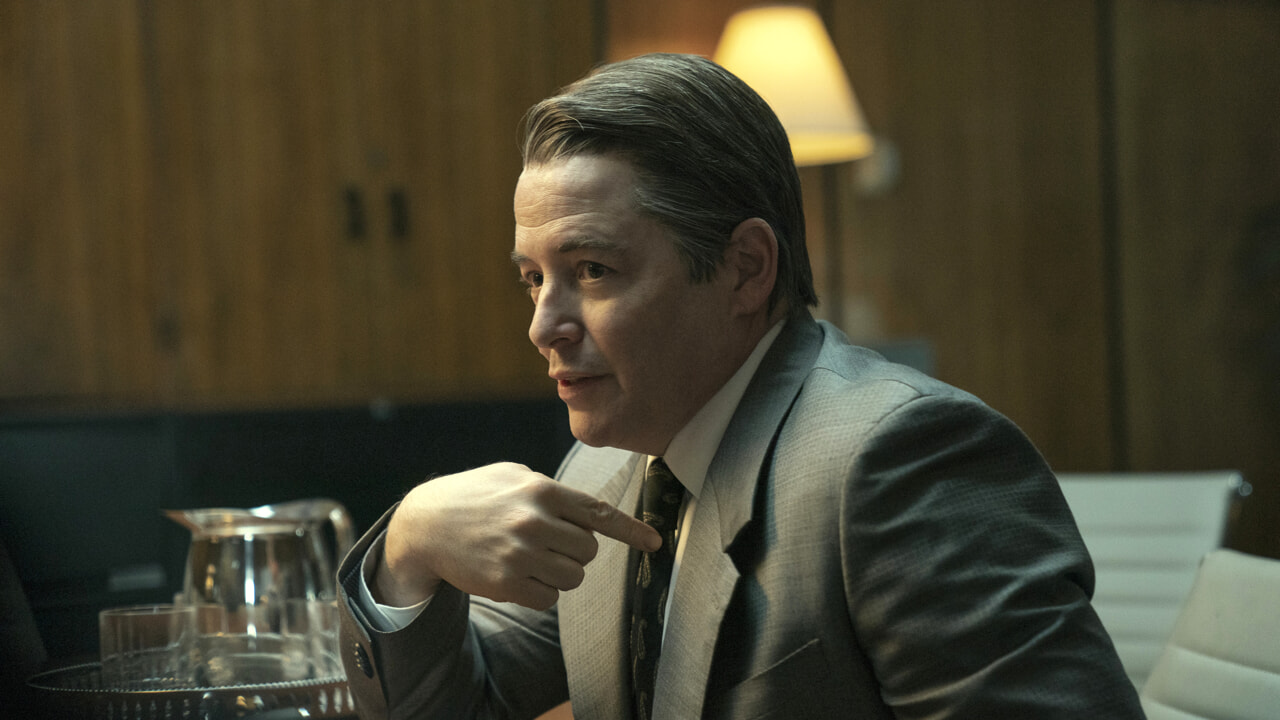
This is the story of opioid addiction that became a real emergency in the United States in the 1990s. A health emergency that seemed general and hard to pinpoint, but which had very precise culprits, such as Richard Sackler’s Purdue Pharma, which produced a very strong new painkiller drug (OxyContin) that hid its addictive dangers.
Purdue’s aggressive and ruthless marketing campaigns, in which agents were sent door-to-door to persuade primary care physicians to prescribe OxyContin in ever-increasing amounts, resulted in many unwitting patients developing addictions to painkillers, resulting in hundreds of thousands of deaths. and the destruction of countless people. families.
A true story in which the “bad guys” are so easily recognizable (and they belong to a very hateful special breed of bad guys, a story worth listening to but also able to evoke strong emotions.
Therefore, it is perhaps no coincidence that in less than two years we have seen two different versions, however extravagant it may sound.
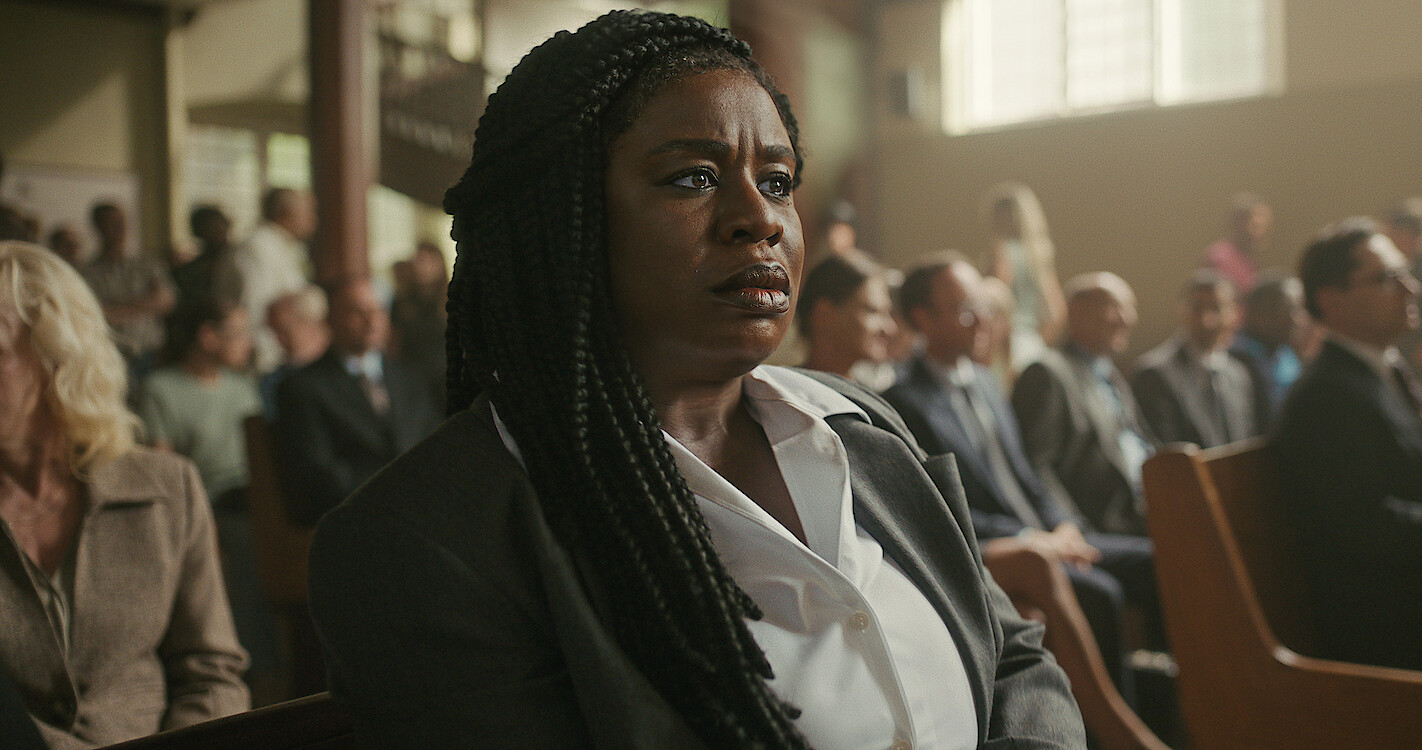
At this point, we must divide the review into two parts, speaking of Painkiller differently depending on whether the reader has seen it or not drowsiness.
Something we don’t usually do, but the proximity of the two products, their simultaneous availability in Italy and the fact that they are mini-series of very similar length inevitably suggest that a certain number of those reading this article have seen the first .
It doesn’t mean condemnation Painkiller radically different depending on knowledge or ignorance drowsinessbut the presence or absence of the effect of deja vu in the mind of the viewer inevitably affects the perception of the latest series.
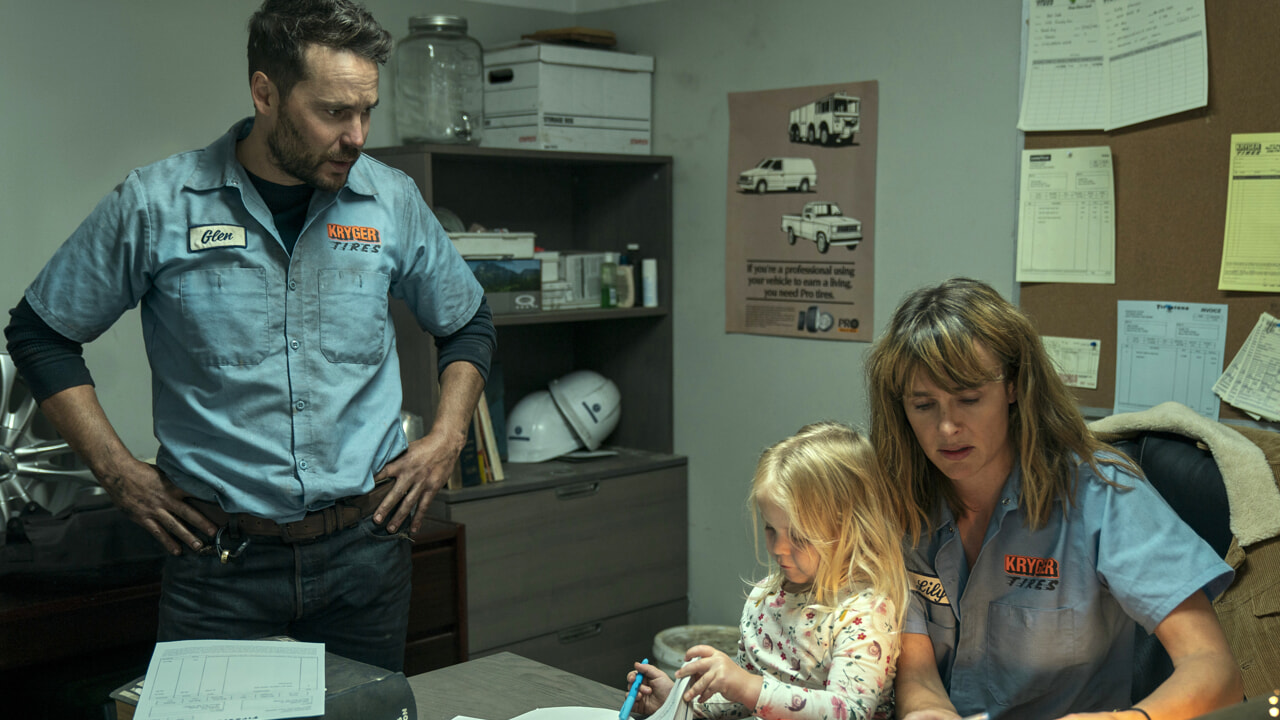
If you haven’t watched Dopesk
As already mentioned, Painkiller tells the story of Purdue Pharma, Oxycontin, and the terrible consequences of the company’s machinations.
The story is necessarily choral because it brings together various storylines: one about the internal dynamics of a drug company; one touches a young girl hired as a shop assistant; another is dedicated to a family man who, after an accident at work, falls into the maelstrom of addiction, and so on.
Judging by the fame of the translators, we can say that there are two main characters: on the one hand, Uzo Aduba (Crazy Eyes Orange is the new black), who plays Edie Flowers, a woman who has been investigating the OxyContin problem and starts telling the story in the past tense in the first episode; on the other – Matthew Broderick, who is entrusted with the role of Richard Sackler, a man who, by his own admission, just wants to “make money and win.”
To them, out of personal sympathy, we add Clark Gregg (Coulson of the Marvel Cinematic Universe), who plays the founder of the company Arthur Sackler, who appears before Richard as a kind of ghost / bad conscience.
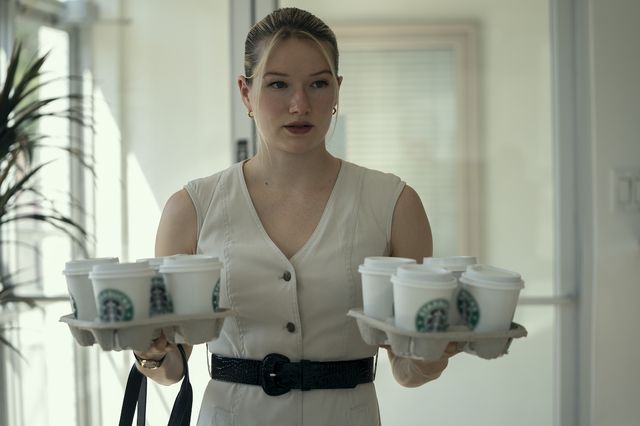
Painkiller it works, in the most general sense of the word. It has a vaguely documentary approach, and Edie’s story becomes like classic documentary interviews, and focuses on the investigation that led to the discovery of wrongdoing by Purdue, who was especially adept at navigating certain gray areas of the law while promoting his dangerous product. taking care to cover it with a constant aura of legitimacy, to the point where the emergency and damage became apparent when they were already huge.
It works because the game of good guys and bad guys, in itself very easy, is in any case supported by a journalistically interesting reconstruction and a good alternation of registers, with news that grows into drama and then disappears in a sense of revenge (at least not very full, because, spoiler, never managed to get them to pay for everything).
So if I had to voice the possibility or not to watch the miniseries without knowing anything about this issue, I would calmly say yes: maybe Painkiller it’s not a masterpiece, but it’s worth it.
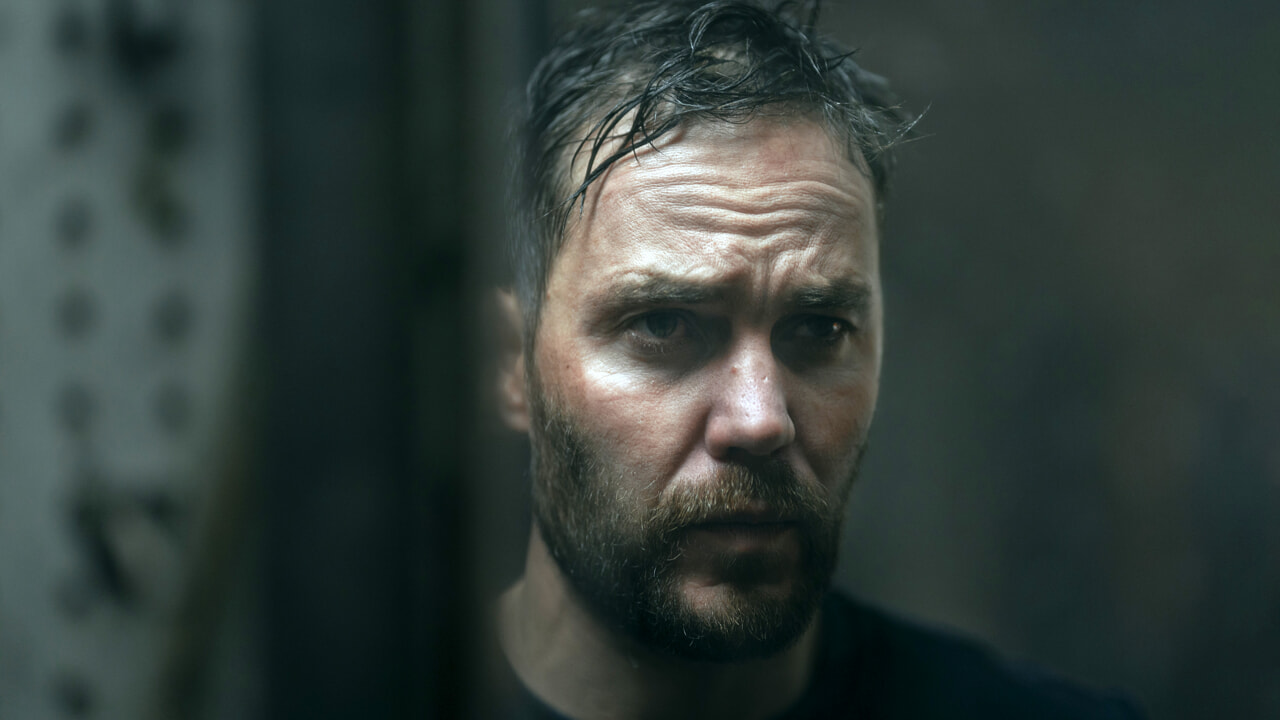
If you already know Dopesick
If, on the other hand, you’ve already seen and maybe loved the Hulu miniseries, well, this is where things get more complicated.
Say it’s a little flat Painkiller it’s just a clone drowsinesswith a very similar approach, the same choral setting, comparable register alternations and of course…well, the same story.
There are differences, of course, if you look for them: the use of the “ghost” of the original Sackler; more emphasis on the investigative component, and not on the dramatic (even if we are really talking about nuances); different balance between the characters, such as the emphasis given by the first series to the role of the repentant doctor (played by Michael Keaton), which we do not find a direct equivalent in Painkiller.
At the same time, however, there are characters in both mini-series, perhaps just opposite in genre: I mean first an enthusiastic and then a regretful salesman (she was a man in drowsiness), but also to a heartbreaking story that centered on Hulu’s Caitlin Dever (rightfully nominated for both a Golden Globe and an Emmy) and here revolves around Taylor Kitsch.
And, of course, this also applies to Uzo Aduba, who was preceded in the role of investigator by Peter Sarsgaard.
In short, whatever one may say, the effect of déjà vu is strong and probably inevitable: here is the story, not even two years have passed.
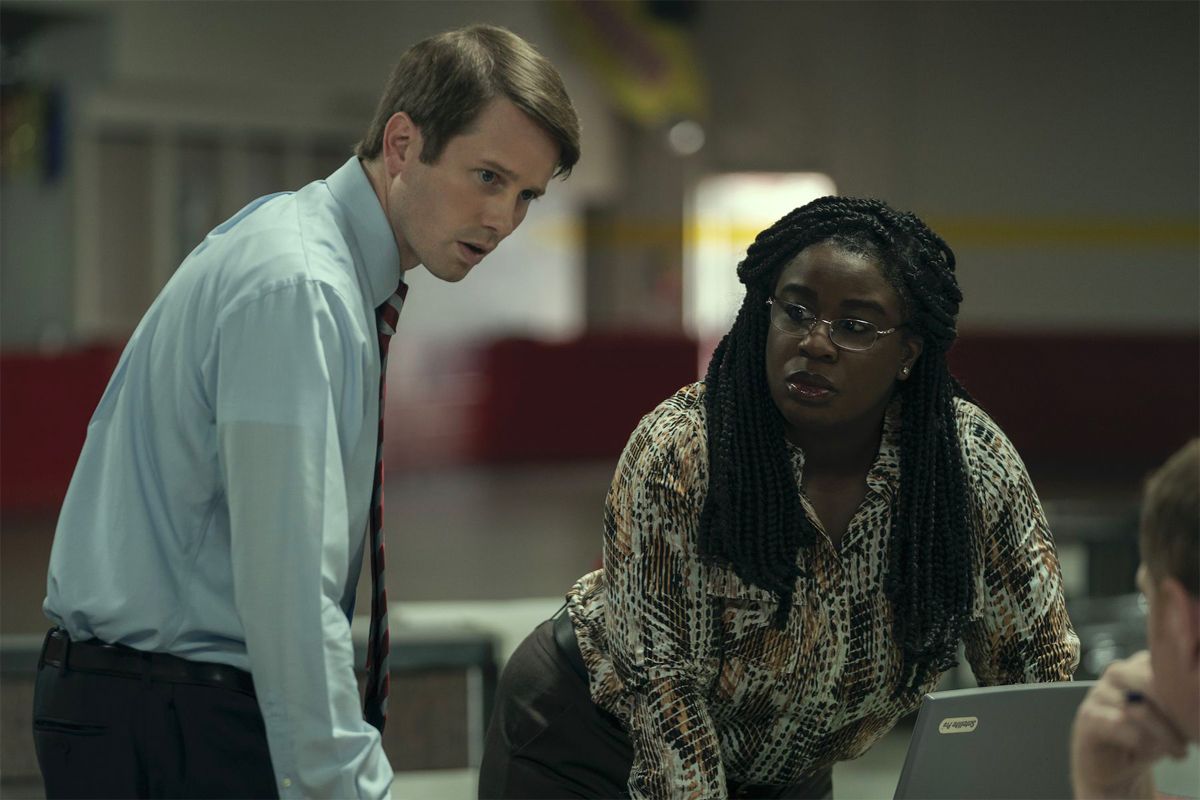
Who will win?
Therefore, it remains to be asked which is better of the two, with drowsiness which uses the simple fact of arriving first (of course, in the perception of those who saw them in chronological order).
However, as far as I understand, it’s not just an early departure. While none of them invent anything sensational in terms of storytelling or visual choice to win drowsiness this is exactly the work done with the actors.
This applies on the positive as well, with extraordinary performances by Michael Keaton and Caitlin Dever (I hate Taylor Keach, but Dever eats his head when it comes to releasing primitive emotions in our stomachs), but also on the negative: Richard Sackler, Matthew Broderick, perhaps also due to a more flamboyant attempt to make it aesthetically similar to the original, it looks a bit like a cartoon or comic book villain. Michael Stuhlbarg, who played Sackler in drowsinessgave a version, perhaps less impressive, but still more realistic and human.
(If you search the Internet for an interview with the real Richard Sackler, you will find a man who at first glance is much more ordinary than he gives us. Painkillerwhich is perhaps even more disturbing).
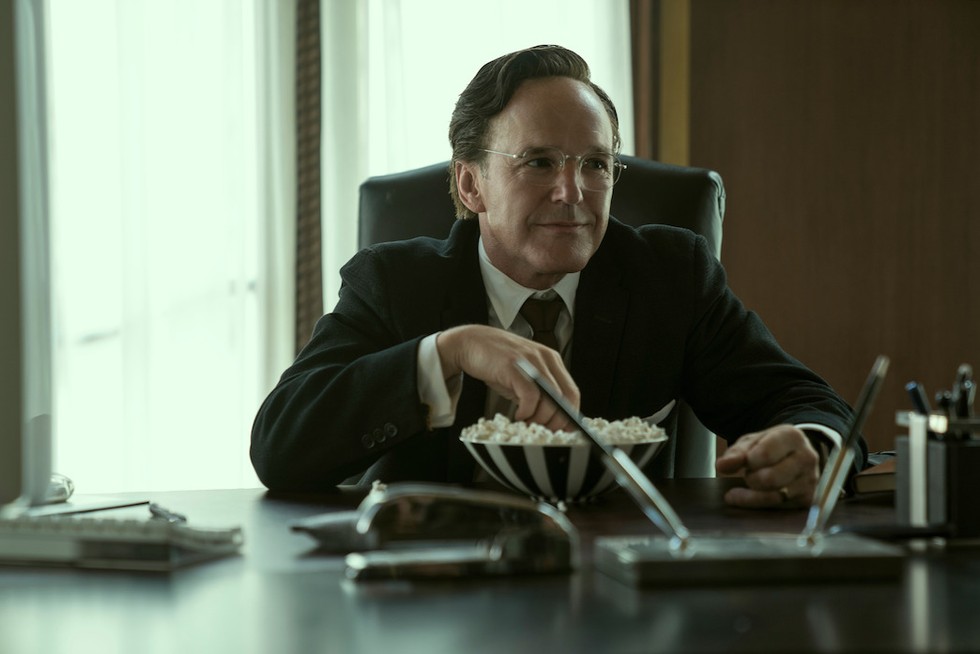
Just looking at how actors and actresses drowsiness were better able to cultivate and harvest our emotions, making us feel the brunt of making the wrong choice, finally a slight drop in Netflix style that prefigures each episode with disclaimers read by the real families of some of the boys who died of OxyContin should be noted. .
Not wanting to disrespect these people’s pain, of course, the insistence of the tearful little game that Netflix plays seems almost like an acknowledgment: I’m setting the mood for the episode using real-life victims who will remain figures until the end. episode more exciting.
We’re talking about nuance, of course, and both miniseries manage to reconstruct a bad story while remaining consistently entertaining, fast-paced, and well-directed.
But if you ask me what to recommend more than the other, then drowsiness it actually looks forward to me.
Which then, to be honest, I didn’t mind seeing both: in this particular case, the comparison game itself can be fun.
Why Follow Painkillers: This is a direct and effective mini-series about a history that is good to know.
Why you should stop taking painkillers: It’s exactly the same story as drowsinessbut it was better.


